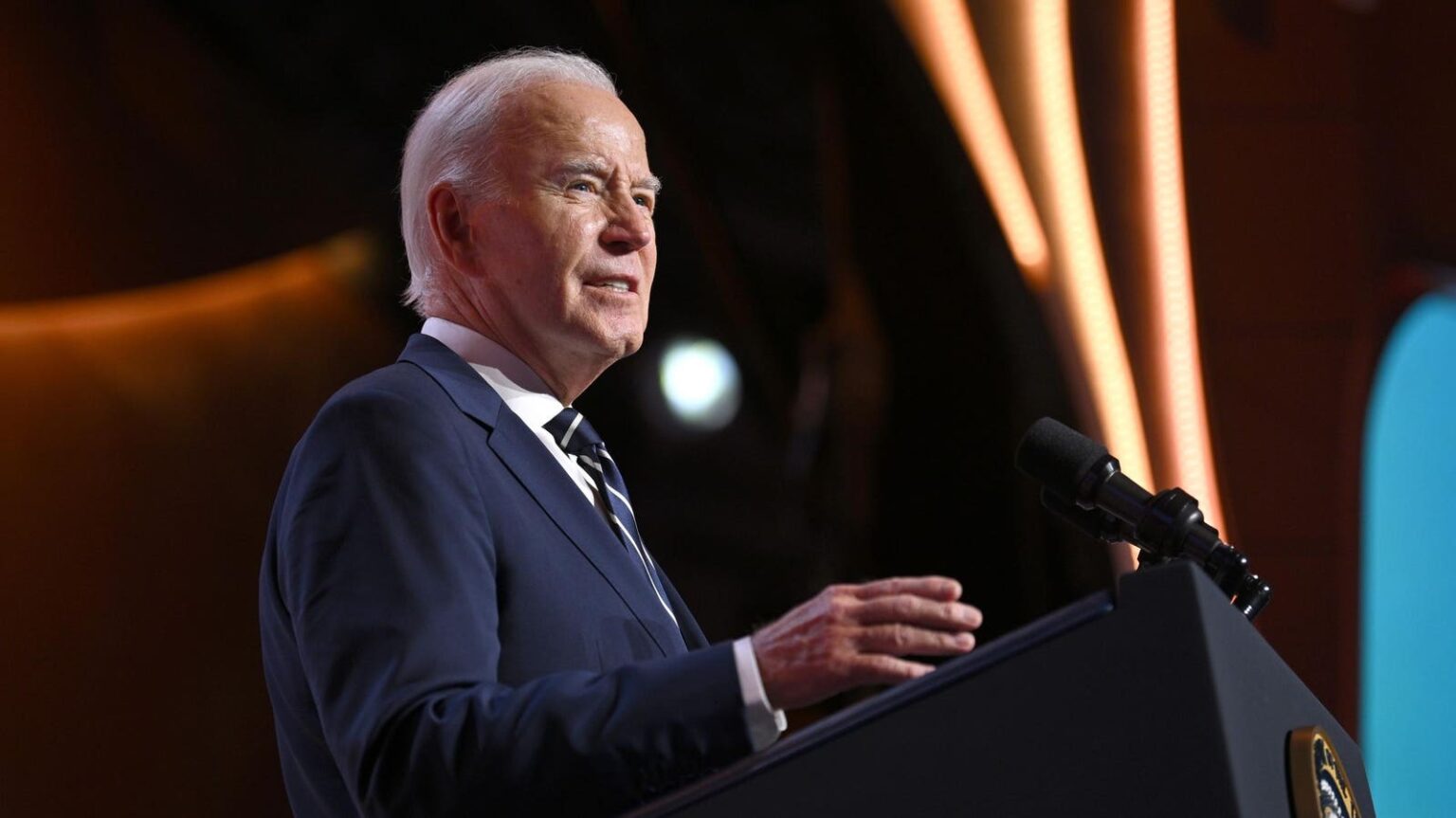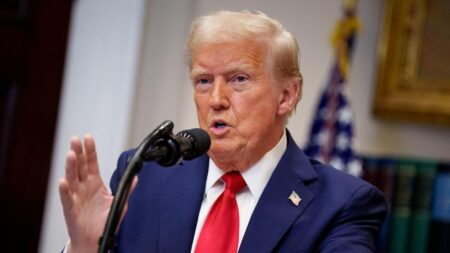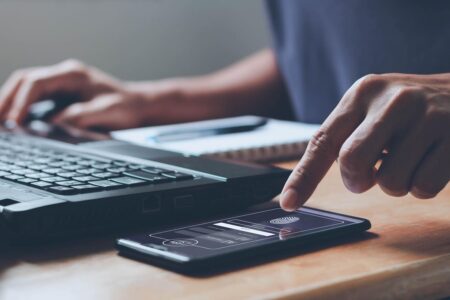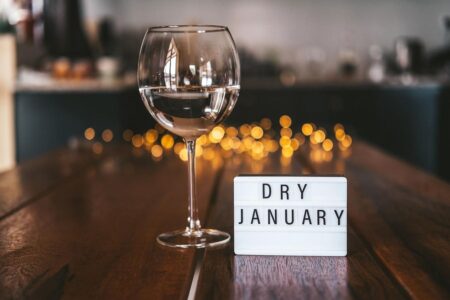Millions of student loan borrowers are now just a few days away from facing some of the most significant changes to the repayment system in years.
For more than four and a half years, federal student loan borrowers have had critical flexibilities that protected them from the worst consequences of missed payments and defaults. During the Covid-19 student loan pause, which lasted from March 2020 until September 2023, most borrowers did not have to make any payments on their loans, and interest did not accrue. When payments finally restarted again last fall, the Education Department extended some of the protections of the payment pause through the so-called “on-ramp” program so that even though payments were due, borrowers had wiggle room if they were missed.
But on September 30th, these flexibilities end, and the federal student loan repayment system will revert to a system that many borrowers may not remember, or — for those who just recently entered repayment — are completely unfamiliar with. More than 30 million borrowers who have federal student loans could be impacted. Here’s what to know.
Missed Payments Will Not Count Toward Student Loan Forgiveness
During the Covid-19 forbearance when no payments were due, the period counted toward student loan forgiveness under income-driven repayment plans and Public Service Loan Forgiveness, as long as all other program criteria were being met. This was the case even while no payments were made.
When the Covid-19 student loan pause ended and payments resumed last September, missed payments no longer would count toward student loan forgiveness under IDR or PSLF. However, PSLF borrowers had a potential fallback option that few might have been aware of. To protect borrowers, the on-ramp initiative would retroactively convert a missed payment into a forbearance so that it would not count against them. The forbearance could not be credited toward loan forgiveness under PSLF. However, borrowers could in theory later utilize a new program called PSLF Buyback that provides an avenue for making a lump sum payment to retroactively “buy back” the time spent in a non-qualifying forbearance period — essentially giving borrowers a route to have those missed payments eventually counted toward student loan forgiveness.
But with the on-ramp now coming to an end on September 30, missed payments will no longer be automatically retroactively converted into a forbearance. And missed payments do not count toward loan forgiveness under PSLF (or IDR) now that the system is reverting to pre-pandemic rules.
Borrowers Will Incur Student Loan Late Fees As On Ramp Ends
During the on-ramp period, borrowers should not have faced significant negative consequences, such as late fees, for missing payments. But that’s about to change.
Starting in October, borrowers who miss their student loan payments or make a payment significantly after their due date will start incurring late fees again. While these fees may be minimal in certain cases — say, $5 — they have to be repaid, and they add to the total cost of monthly payments. Falling behind for multiple months can lead to compounding late fees, further driving up the cost of curing missed payments and avoiding default.
Negative Credit Reporting Will Resume For Missed Student Loan Payments After On Ramp
During the on-ramp period, missed federal student loan payments were not supposed to be reported negatively to the national credit bureaus or otherwise adversely impact a borrower’s credit report. Even borrowers who were already in default when the on-ramp period began should not have experienced negative credit reporting under the related Fresh Start program, according to the Department of Education. Fresh Start is similar to the on-ramp in protecting borrowers from the consequences of default, while also giving them a pathway back into good standing and regular repayment. Like the on-ramp, Fresh Start also ends on September 30.
But with the on-ramp ending, missed payments will now be reported to national credit agencies again. Even one missed payment can severely damage someone’s credit report and reduce their credit score dramatically. While some loan loan servicers may not report missed payments until the borrower is 90 days past due, missed or delinquent payments can technically be reported after just 30 days.
And with Fresh Start ending on September 30, as well, student loan defaults can also be reported again to national credit bureaus. Federal law generally prohibits the ongoing reporting of defaulted accounts for more than seven and a half years, so long-defaulted loans may not reappear on some borrowers’ credit reports. But more recent defaults will start to be reported again, potentially inflicting severe credit report damage from some people. This could impact their ability to rent an apartment, take out a car loan, or pass a background check for a job.
Default And Collections Efforts To Resume Against Student Loan Borrowers After Fresh Start Ends
The on-ramp didn’t just protect student loan borrowers from the immediate consequences of missed or late payments. The program also prevented borrowers from going into default on their federal student loans. But that changes after September 30, and missing enough payments will now have substantial consequences.
Under federal law, a borrower is considered to be in “default” on their federal student loans after falling behind on payments for 270 days, roughly the equivalent of nine months. So borrowers have plenty of time to avert default if they are struggling with payments. But with the on-ramp program ending, borrowers who fall far behind on their student loans will now be allowed to go into default again.
And with Fresh Start ending at the same time, defaulted student loan borrowers will now face the student collections system again, as the pause on collections efforts is simultaneously coming to an end on September 30, as well. The federal government has powerful tools to pursue defaulted student loan borrowers. Unlike private student loan lenders and other commercial entities, the Education Department and federal guaranty agencies can garnish someone’s wages without getting a court order. They can also place borrowers in the Treasury Offset program, which allows the government to intercept federal tax refunds and seize portions of federal benefits, including Social Security benefits in some cases — again, without a court order. In rare cases, the government can initiate collections litigation to seize other assets, like property.
The government can also add on substantial collections fees and penalties, in some cases exceeding 20% of the overall balance. Because interest continues to accrue in default, as well, this means that defaulting can result in a ballooning loan balance, which grows even more the longer the borrower remains in a defaulted status.
What Student Loan Borrowers Can Do As Key Relief Programs End
The on-ramp and Fresh Start programs are ending during unprecedented upheaval in the federal student loan system, as key Biden administration student loan forgiveness and relief programs are tied up in legal battles.
Borrowers who can’t afford the payments under their current repayment plan can explore other repayment options, such as Extended repayment plans or IDR programs. IDR plans tie a borrower’s monthly payment to their income and family size and, in many cases, should lead to eventual student loan forgiveness if the balance is not repaid.
However, with IDR hampered by legal challenges, it may be impossible for some borrowers to get into an IDR plan right now. The SAVE plan — President Biden’s newest IDR option — has been blocked by federal courts. Two older plans — ICR and PAYE — are not available for most borrowers. And while IBR technically remains an option, the Education Department has taken down the online IDR application and paused all IDR processing while it works to update its systems in light of recent court orders. Borrowers can submit paper IDR applications, but the department has warned that there will be very lengthy processing delays, which may result in borrowers being placed into a forbearance.
Alternatively, borrowers can contact their loan servicer to request a deferment and forbearance on their loans if they are unable to make their payments. Deferments and forbearances postpone repayment while keeping the loan in good standing. But depending on the type of deferment or forbearance, interest may accrue on the loans even while payments are not due, and the time may not count toward student loan forgiveness under IDR or PSLF.
Read the full article here











